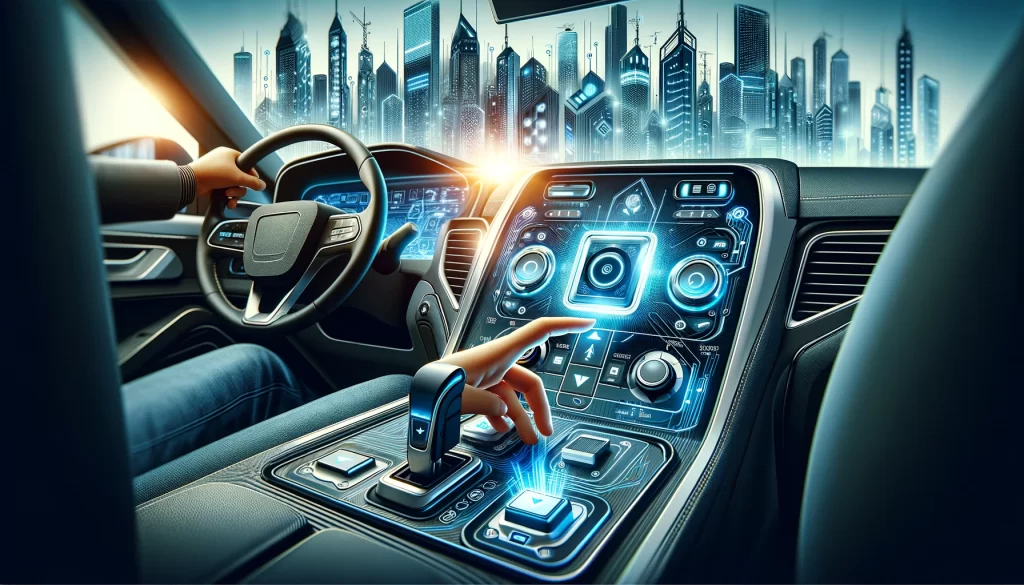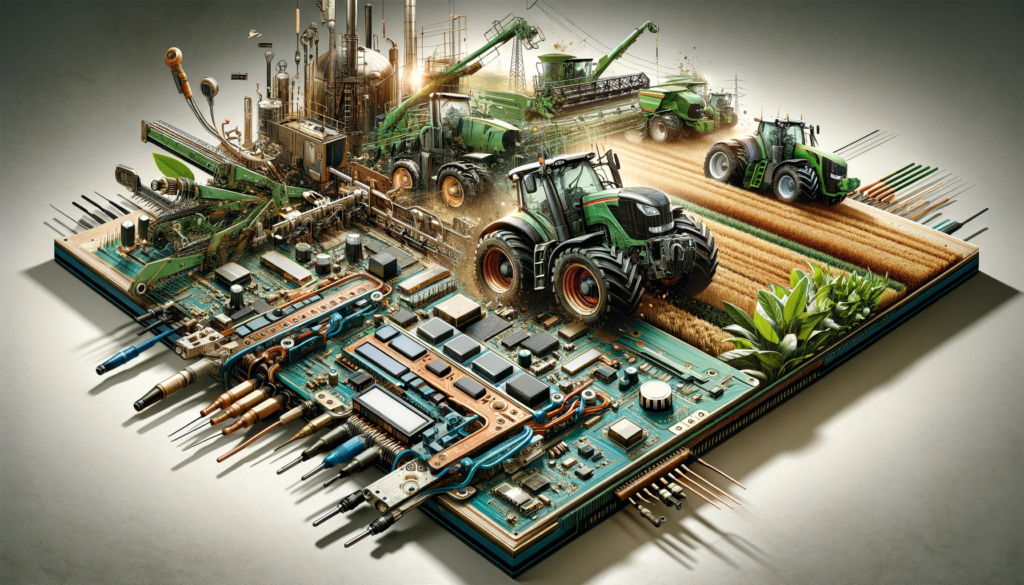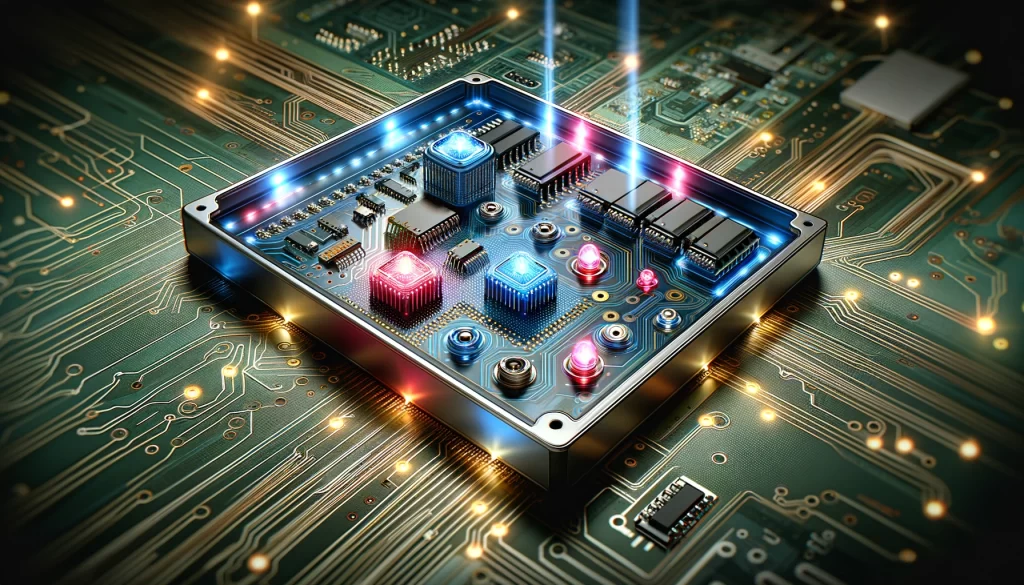Introduction
The automotive industry is continually evolving, with technology playing a pivotal role in enhancing the driving experience. One such technological marvel that has seamlessly integrated into modern vehicles is the membrane switch. In this blog, we explore how membrane switches have revolutionized automotive applications, contributing significantly to both functionality and aesthetics, and elevating the overall user experience.
The Rise of Membrane Switches in Automotive Design
Membrane switches, known for their reliability and versatility, have found a perfect fit in the automotive sector. Their rise can be attributed to the need for durable, user-friendly interfaces in vehicles. These switches offer a blend of tactile feedback and sleek design, making them ideal for various in-car applications. From dashboard controls to entertainment systems, membrane switches have become an integral part of automotive interior design.
Enhancing Functionality and Aesthetics
The primary appeal of membrane switches in automobiles lies in their ability to enhance both functionality and aesthetics. These switches can be custom-designed to fit the specific ergonomics and style of a vehicle. Backlighting options, such as LEDs, add to their usability, especially in low-light conditions, making them both practical and visually appealing.
Durability and Reliability
In the demanding environment of a vehicle, durability and reliability are paramount. Membrane switches are designed to withstand temperature fluctuations, vibrations, and moisture – common challenges in automotive settings. Their longevity and low maintenance requirements make them a cost-effective solution for both manufacturers and consumers.
Safety and Accessibility
Safety is a critical consideration in automotive design. Membrane switches contribute to safer driving experiences by offering intuitive controls that drivers can use without taking their eyes off the road. Their customizable nature allows for the creation of ergonomic designs, reducing driver distraction and enhancing overall accessibility.
The Future of Membrane Switches in Automotive Applications
As we move towards more connected and autonomous vehicles, the role of membrane switches is set to become even more significant. With advancements in technology, these switches are evolving to include touch-sensitive and haptic feedback features, aligning with the futuristic concepts of smart cars.
Conclusion
Membrane switches have undeniably transformed the way we interact with our vehicles, making the driving experience more intuitive, safe, and enjoyable. As automotive technology continues to advance, we can expect membrane switches to play an even more crucial role in shaping the future of automotive design. At ElastoKey, we are excited to be at the forefront of this evolution, constantly innovating to meet the ever-changing needs of the automotive industry.




